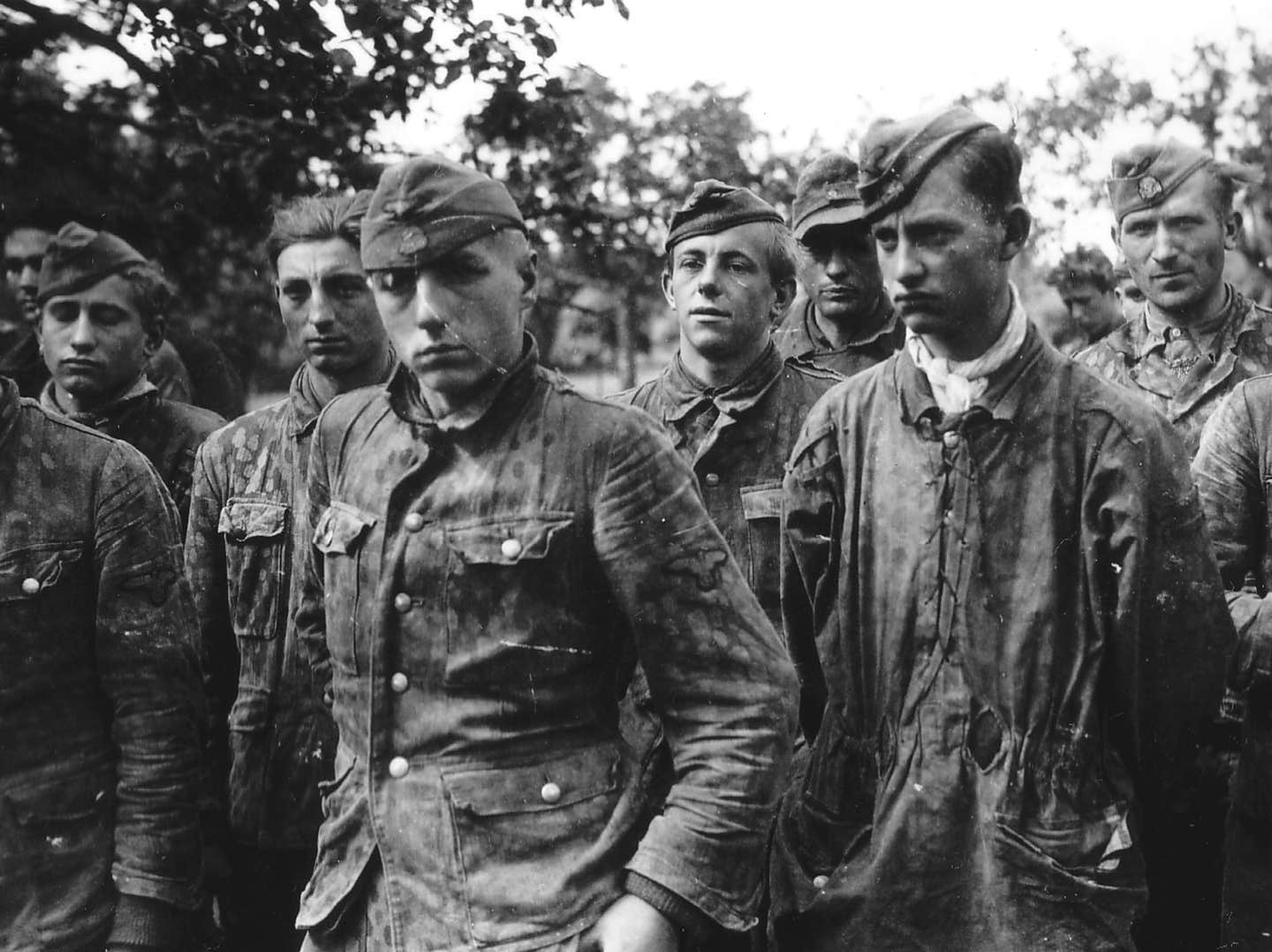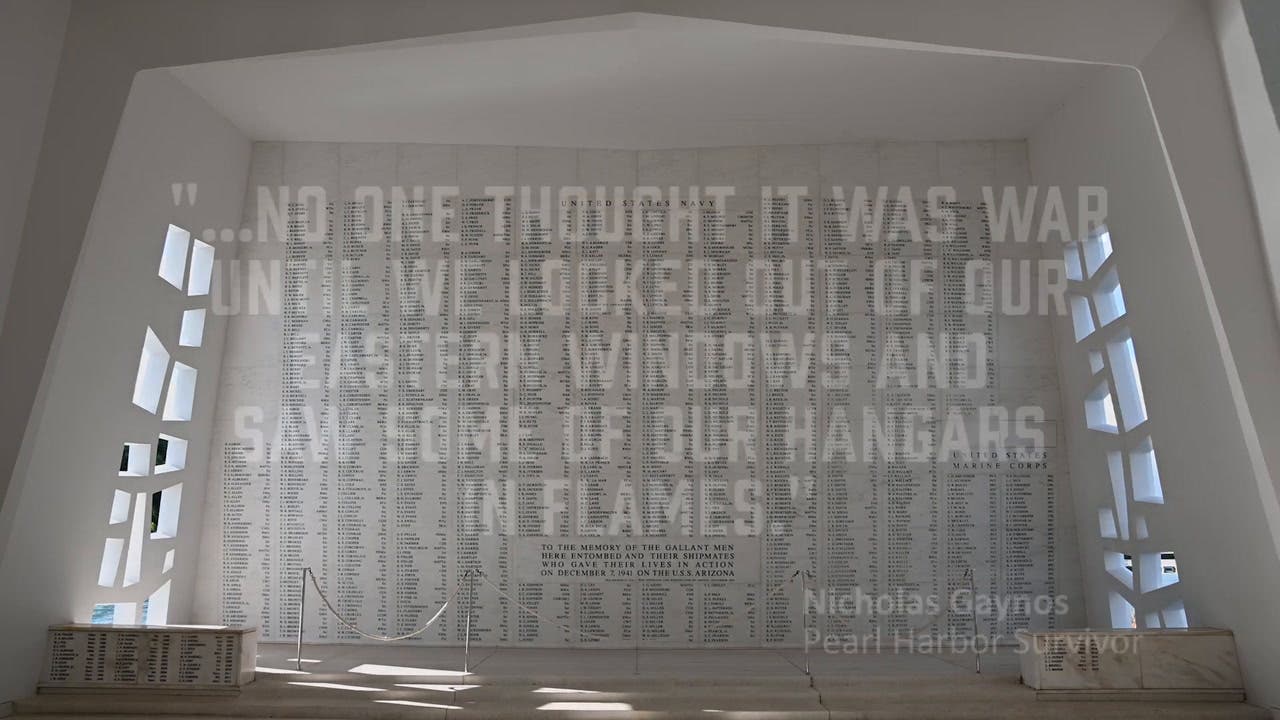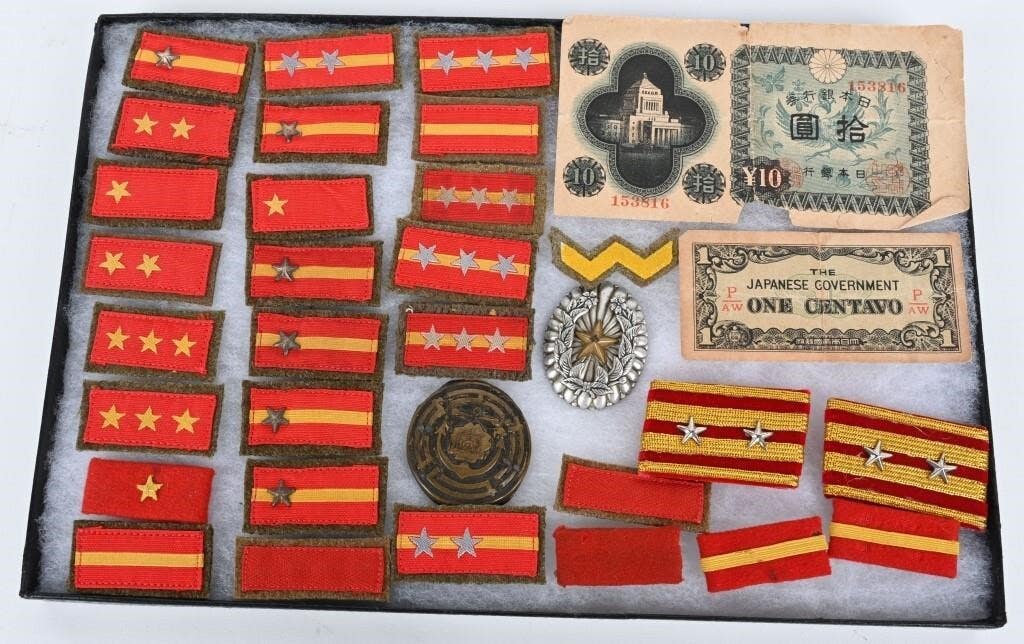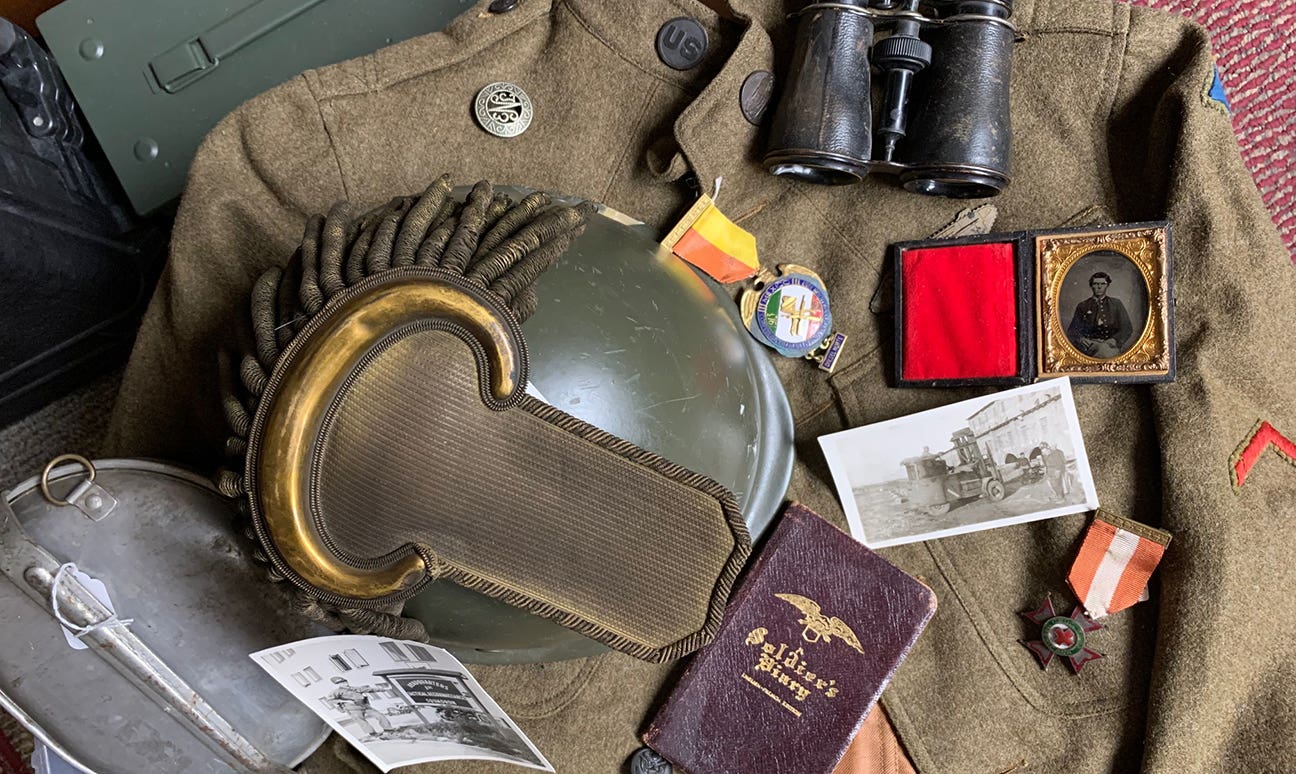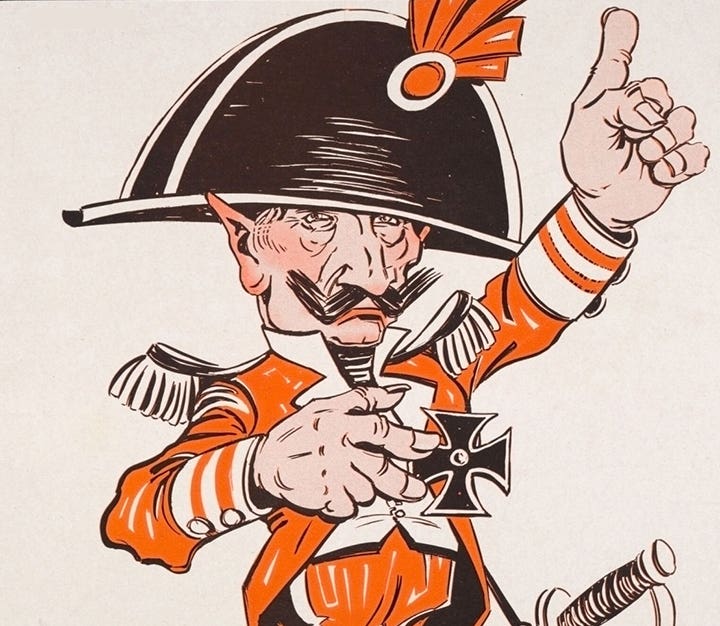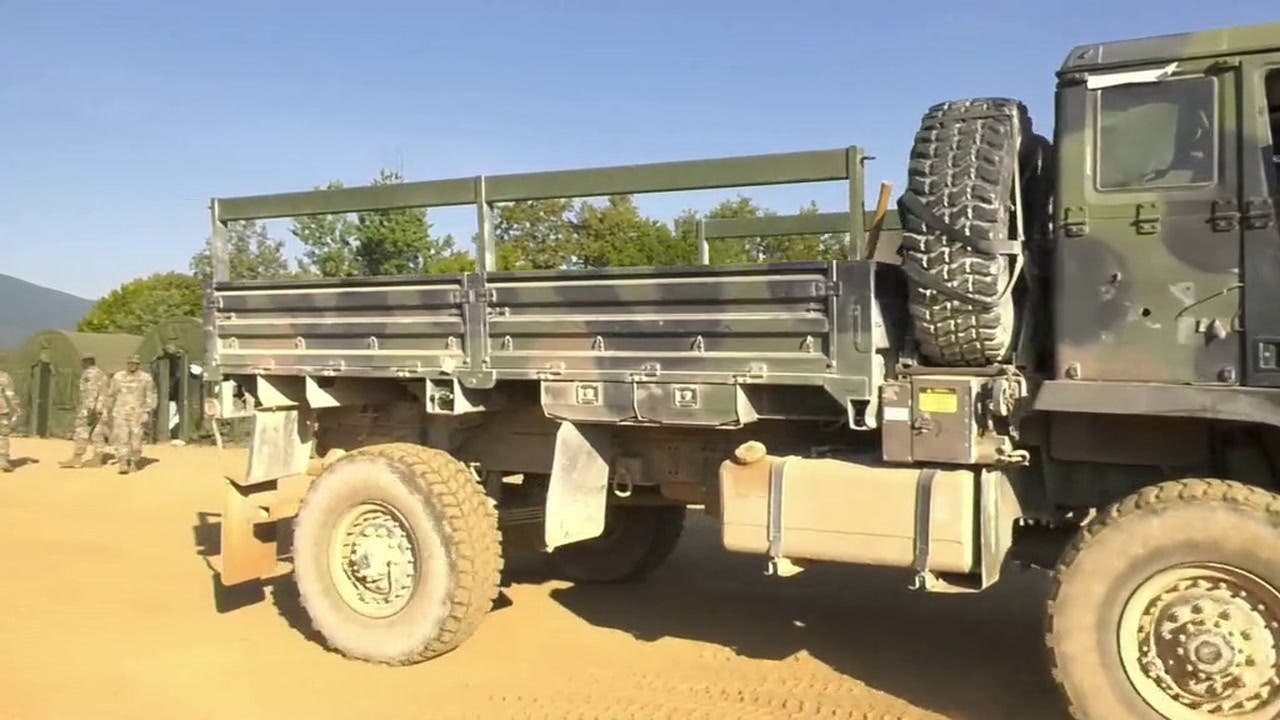Your WWII Collection: What’s it Worth?
Is your WW2 memorabilia junk or treasure?
“JAG,” the call began, “How about writing a WWII price guide for us?” That phone call from F+W senior editorial director, Paul Kennedy, started a conversation that has continued for years. I am proud (and a bit relieved) to say, it has recently culminated in the all-newly illustrated and updated, Warman’s WWII Collectibles Price Guide, 3rd Edition. The question remains, however, is this a book that is useful for you?
During the nearly seven decades since the end of World War II, veterans, collectors, and nostalgia-seekers have eagerly bought, sold and traded the “spoils of war.” Actually, souvenir collecting began as soon as troops set foot on foreign soil. Whether Tommies from Great Britain, Doughboys from the United States or Fritzies from Germany, soldiers eagerly looked for trinkets and remembrances that would guarantee their place in the historic events that unfolded before them. Helmets, medals, Lugers, field gear, daggers, and other pieces of war material filled parcels and duffel bags on the way back home.
As soon as hostilities ended in 1945, the population of defeated Germany and Japan quickly realized they could make money by selling souvenirs to the occupation forces. The flow of war material increased. Values became well established… a Luger was worth several packs of cigarettes, a helmet, just one. A Japanese sword was worth two boxes of K-rations, an Arisaka bayonet for a Hershey’s bar.
Over the years, these values have remained proportionally consistent. Today, that “two-pack” Luger might be worth $5,000 and that one-pack helmet, $1,500. The Japanese sword might fetch $1,200 and the Arisaka bayonet $95. Though values have increased dramatically, demand has not dropped off a bit. In fact, WWII collecting is the largest segment of the miltaria hobby.
Surprisingly, the values of items have been a closely guarded secret. Unfortunately, the hobby has relied on paying veterans and their families far less than a military relic is worth with the hope of selling later for a substantial profit. This attitude has given the hobby a bad reputation.
The advent of the Internet, though, significantly leveled the playing field for sellers and buyers. No longer does a person have to blindly offer a relic for sale to a collector or dealer. Simply logging onto one of several Internet auctions will give the uninitiated an idea of value.
But, a little information can be dangerous. The value of military items resides in variation. Whether it is a difference in manufacturing technique, material or markings, the nuances of an item will determine the true value. Don’t expect 20 minutes on the net—or even glancing through this book—to teach you these nuances. We collectors are a devoted bunch. We have spent years and hundreds, if not thousands, of dollars to establish the knowledge base that enables us to navigate through the hobby. Who needs this book?
Price guides are tough books to write. “Hardened” or “veteran” collector or WWII memorabilia will often have a better feel for the nuances of pricing. Because of their years of handling objects and study, these people can pick up a piece of militaria and generally recognize its value. While they will probably disagree with some pricing in the book, they will certainly appreciate the 1,800+ captioned illustrations.
This book does not attempt to be an “identification guide,” however. The WWII collectibles field is so vast; there are thousands of titles dedicated to a variety of subsets ranging from bayonets and hand grenades to machine guns and Nazi Party membership badges. WWII Collectibles will provide a basis of pricing information for thousands of items, but apart from the images included in this book, the reader will have to dig further for identification purposes.
WHAT’S IT WORTH?
“I have an old WWII relic… What’s it worth?” is how at least one call a day begins in my office. I will admit, of all the calls I handle, these are my least favorite. It’s a no-win situation: Without the object in front of me (or, at a minimum, a good photo), I am left to imagine what the condition might be. And, you just can’t make a caller happy. If you tell them a realistic value, they assume their item is better than “average.” If you give them the high-end value, they are disappointed when a dealer doesn’t offer them that price.
The reader will notice that pricing is given in U.S. dollars and English pounds. Prior to the Internet dominating the hobby, there was often a huge discrepancy in prices paid for similar objects in the United States and abroad. However, in the last few years, prices have stabilized throughout the world. A U.S. Class A jacket is going to have approximately the same value whether it is encountered in the United States, England, Germany or Japan.
Demand, though, does vary from nation to nations. U.S. and German material is in high demand in England, throughout Europe and Japan. However, Canadian gear is in higher demand in Canada than it is in the U.S. or Germany. The laws of supply and demand do apply in this hobby as well. Keep this in mind if you are attempting to buy or sell an English Battle Dress jacket in Texas or trying to sell a Polish order in Hawaii. Generally, highest prices will be realized in the nation of origin or that of a direct wartime opponent.
The average, “less-than-hardened” collector and even non-collectors will find the book useful in evaluating military objects that he or she may find in attics, closets, flea markets, garage sales or thrift stores. This book is also for the families who encounter a box or trunk in an attic filled with the souvenirs and remembrances of a relative’s service to his or her country. Often, they just want to know what “dad’s old army stuff” is worth. This book will answer those questions.
WWII Collectibles will make any collector a smarter consumer. It will provide the information that will protect you from making a financial mistake in buying or selling a WWII object. It will provide you with the basic information to establish foundations for your negotiations.
IT’S NOT JUST ABOUT THE STUFF
From the time I was old enough to ask, “Can I see your Army stuff,” I have been acutely aware that the relics are just the conduits to the stories of the men and women who used them while in the service of their country. I tried to keep that in mind as I assembled this book… a price guide can often throw the individuals to the background, only to highlight the objects.
Throughout the book, I interjected soldiers’ quotes and stories from collectors who recounted their “favorite finds.” These, I hope, will remind “it’s not about the stuff—it’s about the soldiers who used it.”
I hope you enjoy the book. I feel very privileged to have been asked to write it. But, I was just the assembler--I want to thank all the collectors, dealers, and auction houses who work so hard to keep the relics in the collecting stream and out of the trash heaps. These relics are a crucial link to the memory of the men and women who served. If they had not served, not only would we not have the cool relics to collect, but we wouldn’t have the freedom to pursue our interests.
Honor the memory,
John Adams-Graf
Editor, Military Trader and Military Vehicles Magazine
*As an Amazon Associate, Military Trader / Military Vehicles earns from qualifying purchases.
John Adams-Graf ("JAG" to most) is the editor of Military Trader and Military Vehicles Magazine. He has been a military collector for his entire life. The son of a WWII veteran, his writings carry many lessons from the Greatest Generation. JAG has authored several books, including multiple editions of Warman's WWII Collectibles, Civil War Collectibles, and the Standard Catalog of Civil War Firearms. He is a passionate shooter, wood-splitter, kayaker, and WWI AEF Tank Corps collector.

